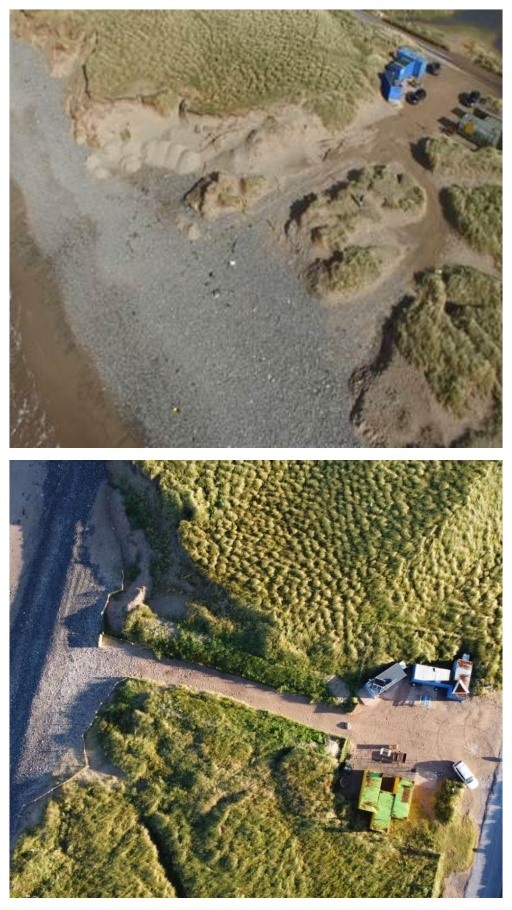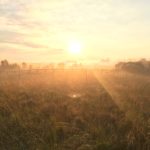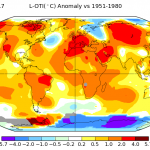The European Commission Representation in Ireland has announced the launch…
Sand Dunes: they protect us, lets protect them
Damage to our sand dunes is evident all around the coast according to the Climate Action Regional Offices who today launched a new campaign in collaboration with local authorities and NUI Galway to highlight the importance and fragility of these natural coastal protections and important habitats.
The preservation and strengthening of natural coastal defences, such as sand dune systems, plays an important role in increasing our coastal resilience to the impacts of climate change. Other countries, such as the Netherlands, are protecting and restoring their sand dune systems as a cheaper and better method – in some cases – than hard coastal protection works.
The launch of the #ProtectOurDunes campaign coincides with the first World Sand Dune Day, which highlights the importance of conserving these vital coastal habitats around the world.

This initiative is asking the public to help protect the dunes by enjoying the beach responsibly and will include awareness raising measures on social media to convey the importance of our sand dunes to coastal resilience and biodiversity, how they can be easily damaged from recreational activities, along with simple measures to preserve them.

“…where in the past some may have thought sand dunes were just nice places for the plants and animals, there is a growing realisation they can be a big part of our fight against climate change and storm impacts. Coastal dunes are an excellent, flexible coastal protection. By looking after them, we have a win-win situation.”
Dr. Kevin Lynch, Coastal Geomorphologist at NUIG speaking at the launch of the campaign on Bertra Beach in Co. Mayo

The main objective of the #ProtectOurDunes campaign is to raise public awareness around the value of sand dunes, how dunes are formed and the potential damage that can be caused to dunes from human activity.
The public are being advised of activities that can damage our sand dunes, including trampling on the dunes, sliding down the dune face, wild camping and campfires, sports training and roaming dogs. We can protect them by staying off the dunes, keeping to designated pathways and camping areas, following the direction of local signage and watching wildlife from a distance.
Learn more:
Supporting information, videos and communication toolkits for coastal communities are available on the CARO website https://www.caro.ie/projects-research/campaigns/sand-dune
About sand dunes
Sand dunes provide natural coastal protection against storm surge and high waves and help prevent or reduce coastal flooding and structural damage to properties behind them.
The diversity of dune shapes is also ideal for unique plants and animals to thrive creating habitats that are internationally valued as Special Areas of Conservation. Flowering plants, lizards, toads and ground-nesting birds all call the dunes their home.
Dunes are created when wind blows the finer sands from the beach into a sheltered area, behind obstacles or through dune grasses that slow the speed of the wind leading to small mounds of sand being formed. to form mounds. Sand Dune grasses slow the speed of the wind that carries the sand from the beach. In this way the sand is trapped by the plants and builds up into hills and ridges.
The real strength of the dunes comes from the plants that trap and bind the sands together, with marram grass being quite common in Ireland. In dunes the plant roots have to go very deep and wide to get water and this extensive root network is excellent at binding the sand together – like steel in reinforced concrete.
Despite dunes being tough and protecting us from coastal storm events, they are also very fragile. Unlike the grass in gardens and sport fields, the grasses that bind dunes in place are a not suited to being walked on. These dune grasses and plants die back very quickly with human trampling, leaving the sand free to be blown away. In these cases what looks like coastal erosion is actually erosion driven by human activity.
The preservation and strengthening of natural coastal defences, such as sand dune systems, play an important role in increasing our coastal resilience to the impacts of climate change. Other countries, such as the Netherlands, are protecting and restoring their sand dune systems as a cheaper and better method (in some cases) than hard coastal protection works.
The CARO-ASBN have been working with the local authorities in the region, NUIG and a number of coastal communities along the Atlantic seaboard to explore how coastal communities and local authorities can work together to ensure the progression, protection and resilience of young and mature dune systems.
A number of these coastal communities have already done a lot of work locally to protect and enhance the dunes to build local resilience to the impacts of sea level rise and coastal erosion but there is a concern that damage due to the volume of visitors expected this summer could set these sites back by decades.
An awareness campaign highlighting the value and fragility of the sand dunes is planned for the summer months, to kick off on the 25th June – World Sand Dune Day.
Activities that can damage our sand dunes include:
- Trampling on the dunes
- Sliding down the dune face
- Wild camping
- Camp-fires
- Team sports training
- Roaming dogs stressing sheep and cattle, and ground nesting birds
How Can We Protect the Sand Dunes?
- Enjoy the beach – Stay off the dunes
- Keep to designated pathways
- Camp in designated areas
- Follow the directions of local signage
- Explore other local treasures @Beaches.ie
- Watch wildlife from a distance
- Protect & Respect the Dunes
Did you know?
- Climate change is increasing coastal erosion and flooding. Sand dunes offer great natural protection against these
- The strength of dunes comes from their plants, which trap sand, building hills and ridges. Their very deep roots are great at binding the sand together.
- Despite their toughness in this coastal environment, Dunes are fragile, Dune plants die back quickly when trampled on, and the sand blows away. What looks like ‘coastal erosion’ can often be ‘human erosion’







